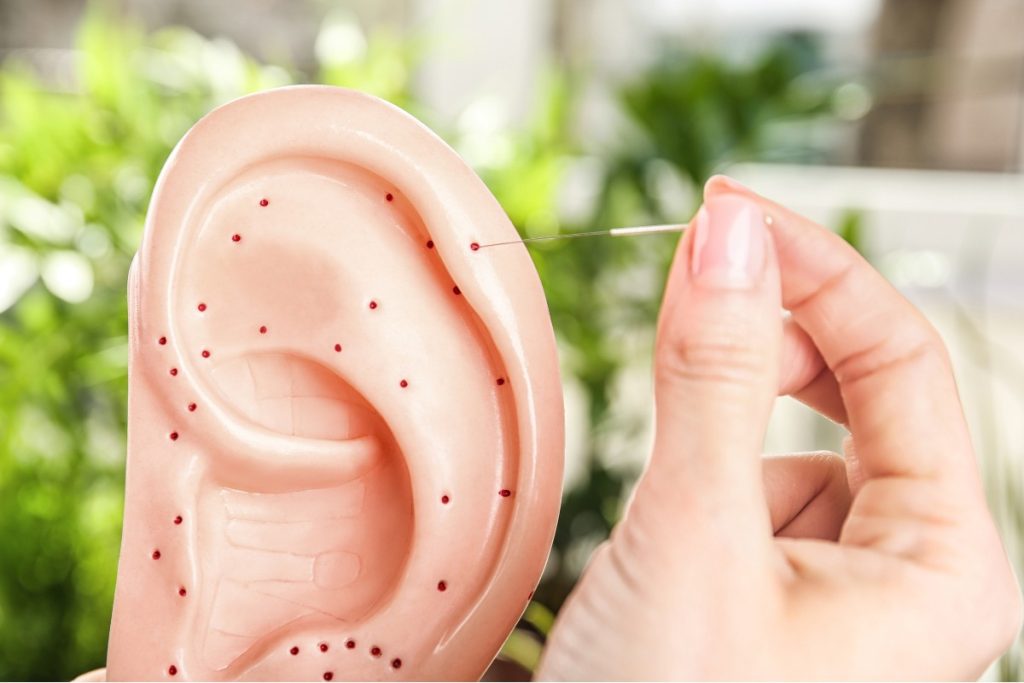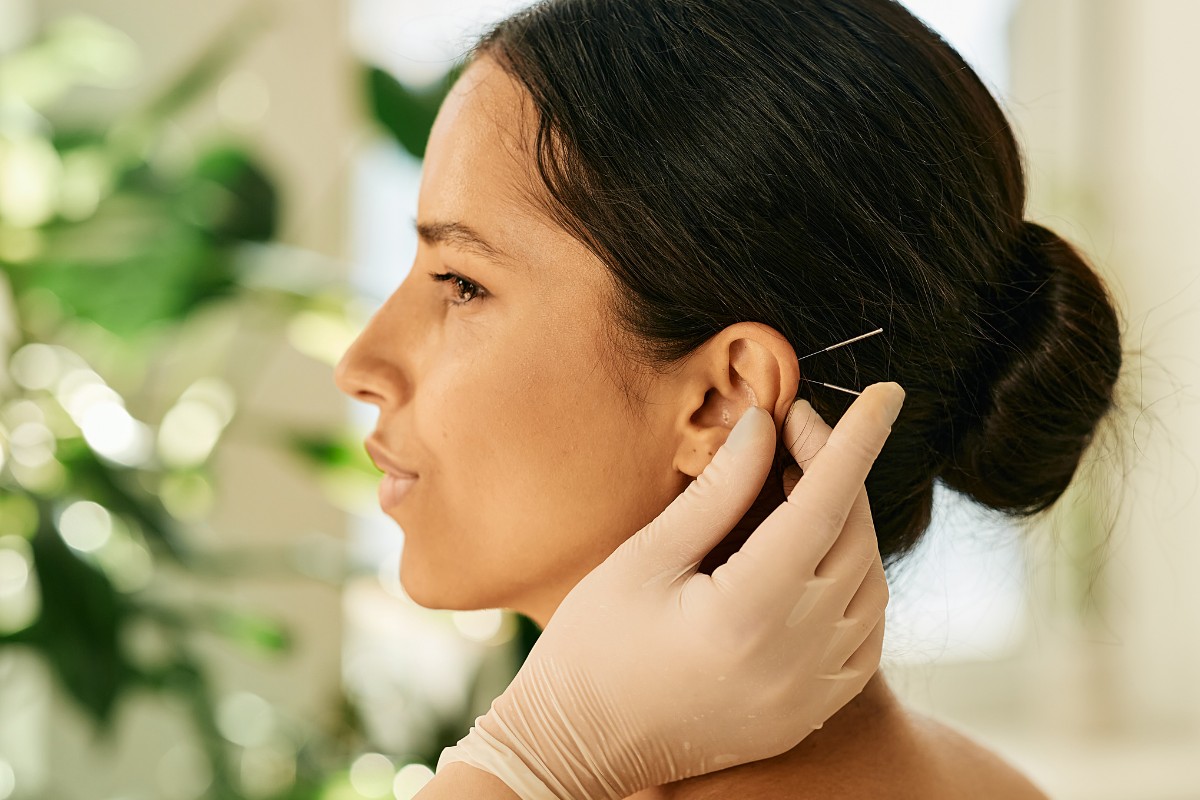Migraine is one of the most intractable neurological conditions, affecting millions of people worldwide. It is characterised by recurrent, severe headaches that are often one-sided and throbbing. Those affected by migraine may simultaneously experience nausea, vomiting and hypersensitivity to light and sound. Despite advances in conventional migraine treatments, it is not always possible to obtain full relief or avoid side effects. Consequently, some patients turn to alternative therapies such as ear acupuncture, in the hope of effectively relieving migraine symptoms.
Basics of acupuncture
Acupuncture is an integral part of traditional Chinese medicine, based on ancient Chinese beliefs about the flow of energy (chi or qi) in the body. According to these teachings, the balance of chi is crucial to maintaining health. Any disturbance in its flow can lead to a variety of ailments, including headaches and migraines. Acupuncture is based on the concept of meridians, or energy pathways in the body, along which chi travels.
In practice, acupuncture uses thin metal needles that are gently inserted into specific points on the body. The points are located on meridians and are selected according to the patient's type of ailment. Stimulation of these points is aimed at restoring energy balance, which can help to relieve various symptoms, including headaches.

Ear acupuncture
Ear acupuncture, also known as auriculotherapy, focuses on stimulation points located on the auricle. In the context of migraine, the selection of specific points on the ear can be closely related to the Chinese medicine theory of vital energy, known as chi, and the meridians, or energy flow pathways in the body.
Ear acupuncture can be used to regulate nervous system function, eliminate energy blockages or relieve muscle tension. In the case of migraines, acupuncture practitioners often focus on points related to the head, brain, neck and areas that affect hormonal balance. Stimulation of these points aims to address the causes of migraine pain and improve the patient's overall health.
In the practice of ear acupuncture, very thin needles are used which are gently inserted into specific points on the auricle. In addition to the needles, ear acupuncture may also include other methods of stimulation, such as ear point massages or the use of small pressure pads. The ultimate goal is to restore harmony in the body by regulating the flow of chi energy. This contributes to reducing the severity of the patient's migraine pain.
Effectiveness of acupuncture
Research suggest that acupuncture may be an effective form of therapy for migraine sufferers. Findings indicate a reduction in the frequency and intensity of headaches in patients undergoing this form of treatment. Mechanisms of action include regulation of blood flow, reduction of inflammation and effects on the nervous system. Despite some controversy, there is a subjective feeling of relief in many patients, suggesting that acupuncture may be an effective alternative in the treatment of migraine. Nevertheless, it is always advisable to consult a doctor before starting this type of therapy.
Ear acupuncture - consultation
Before starting auriculotherapy for the treatment of migraine, it is important to consult a specialist. He or she will help assess the risks and tailor the therapy to the patient's individual needs. In addition, choosing an experienced acupuncturist with the right qualifications is crucial to the effectiveness and safety of the therapy. Patients should be aware of potential side effects and make sure that acupuncture is carried out according to the highest standards of hygiene. Working with a doctor and a professional acupuncturist will ensure a safe and effective therapy.




